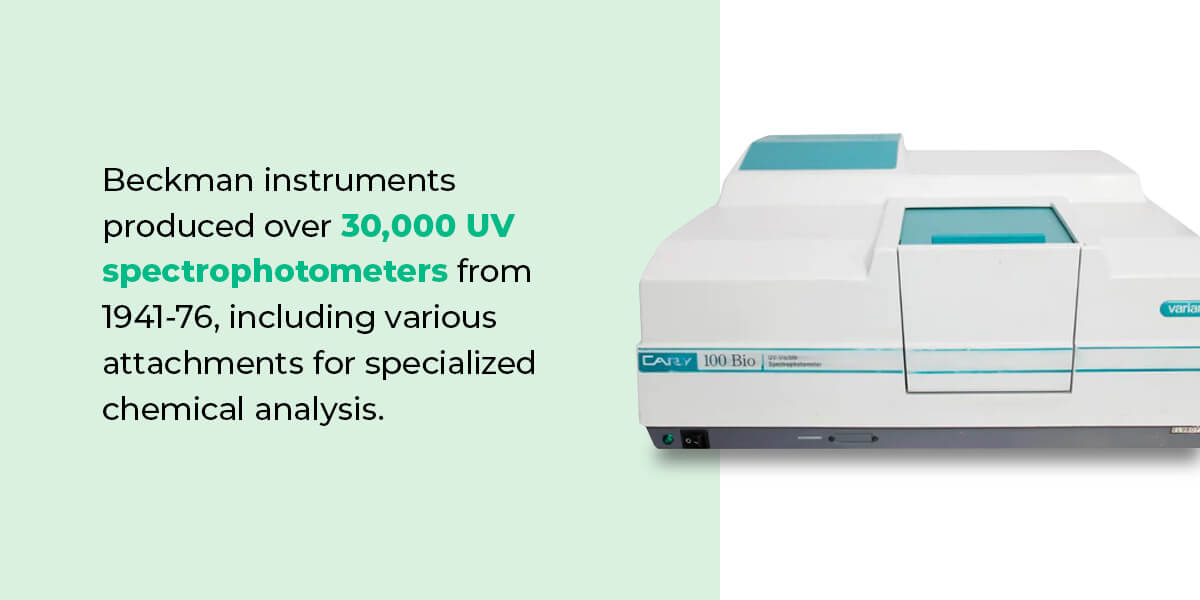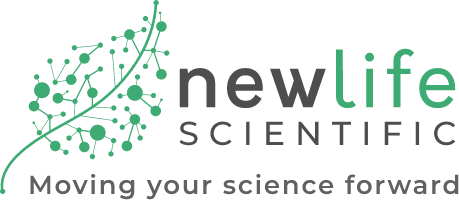A spectrophotometer is an instrument that can measure light absorption or the number of chemicals in a specific solution. Spectrophotometers have three primary components — a spectrometer, a photometer and a diffraction grating. The spectrometer produces light across a defined wavelength range. The diffraction grating separates the light into composite wavelengths, while the photometer detects the amount of absorbed and unabsorbed light.
Although many people often interchange spectrophotometry and spectroscopy, they are significantly different. Spectrophotometry is a method, and spectroscopy is a study. While spectrophotometry surrounds measuring light absorption in a particular substance, spectroscopy involves how radiated energy and matter interact.
The Invention of the Spectrophotometer
The origin of spectrophotometry dates back to the 17th century when Isaac Newton coined the term “spectrum” to describe the color rainbow that forms white light. Although the first modern spectrophotometers emerged in 1940, these early devices could not operate at an ultraviolet (UV) capacity. In the early 1800s, Joseph von Fraunhofer created a dispersive spectrometer and performed experiments that enabled spectroscopy to become a more accurate and quantitative scientific method.
Arnold O. Beckman invented the first improved UV spectrophotometer in 1941 while employed by the National Technical Laboratories Company. Before Beckman's invention, measurements took weeks to complete with minimal accuracy. The improved version simplified and improved the process significantly, requiring only a few minutes for precise analysis.

Improvement Through Years of Innovation
Beckman instruments produced over 30,000 UV spectrophotometers from 1941-76, including various attachments for specialized chemical analysis. These instruments were crucial for processes and research in laboratories, clinics and biochemistry research facilities worldwide.
In 1981, Cecil Instruments developed a microprocessor-controlled spectrophotometer, offering streamlined process automation, improved overall speed and increased reliability.
From 1984-85, advances in technology led to the development of the Series 4000 model. This version allowed the comparison of light intensity between two paths — one containing a test sample and the other a reference sample. External software arrived in the 1990s, offering control through computers and displays of the spectra onscreen.
Today, the development of the spectrophotometer continues with applications ranging from medical and science to law enforcement and crime scene investigation. Scientists never stop searching for ways to improve these devices, as they play critical roles in researching foods, medicines, chemicals and fuels that can enhance the quality of life.
Browse Used Spectrophotometers Here!Contact New Life Scientific to Learn More
New Life Scientific offers an extensive selection of pre-owned spectrophotometers verified and tested for various applications. Our top-class customer support and comprehensive warranties ensure you'll receive an instrument that delivers accurate and reliable service. Contact us online or call 567-212-2460 today to discover more.






















